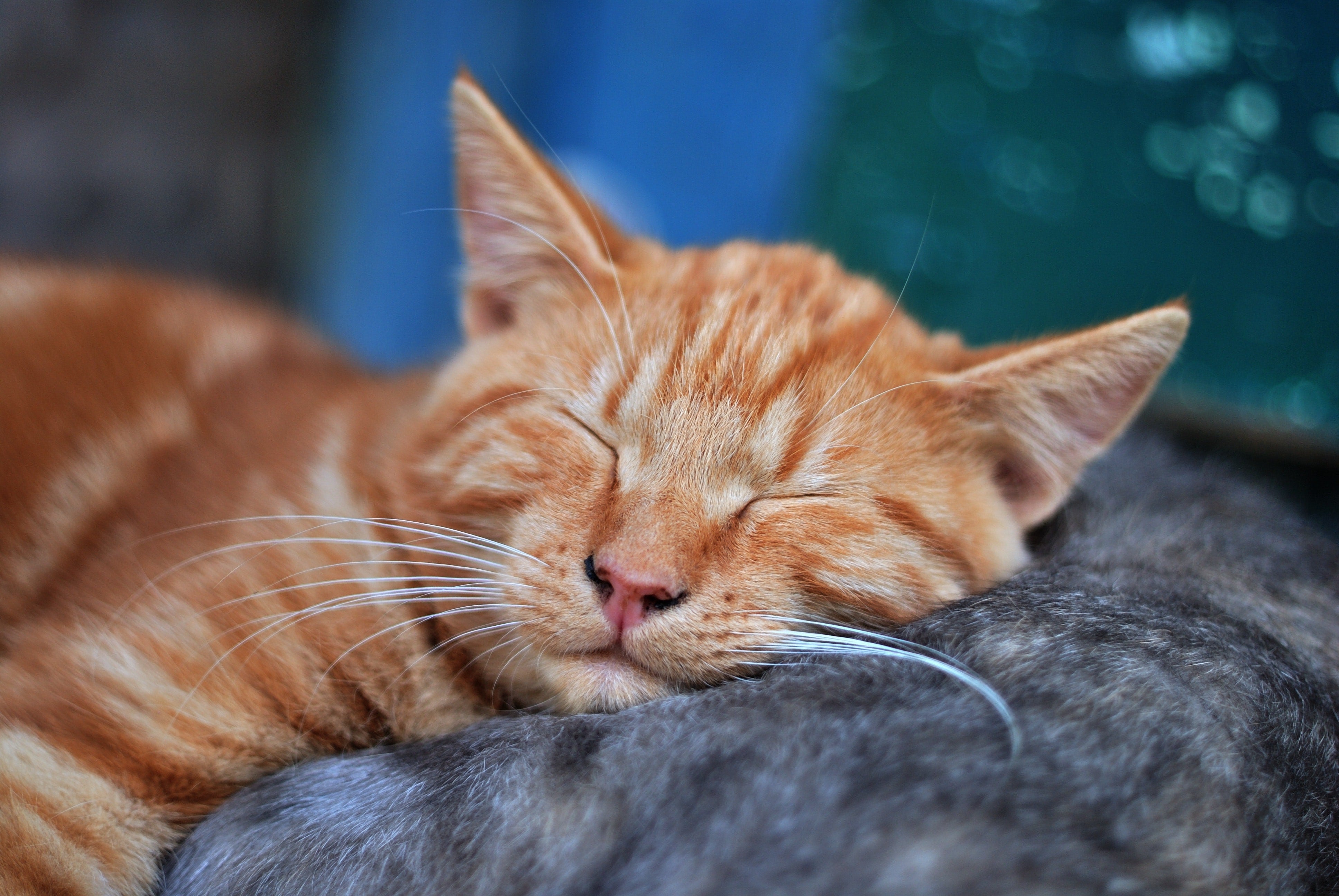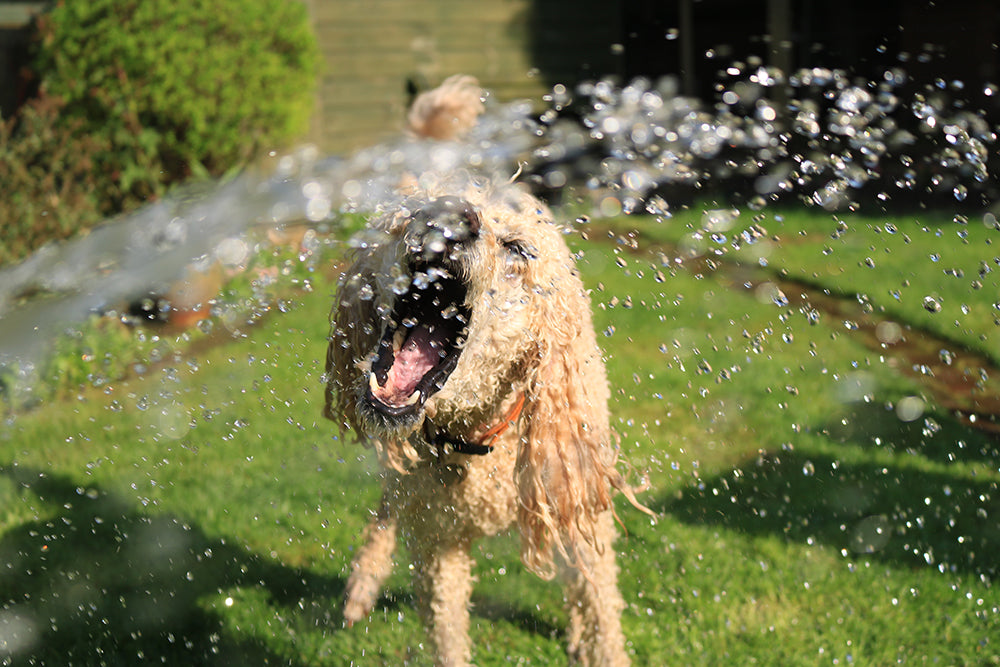When summer temperatures start rising, it is important to keep animal safety on your mind. Higher temperatures pose all sorts of risks to your pets, so it is important to find ways to keep them cool.
Some dogs are more heat tolerant than others due to age, weight, breed and other health factors, so you should consider these factors when deciding how to ensure your pet’s safety in hot weather.
Staying Cool Outside
Dogs who are outdoors on a warm day should always have access to shade and a bowl of clean water. If your dog’s coat is very long, thick, or matted, consider a trip to the groomer.
Don’t force your dog to exercise when it’s very hot outside. Take a day off, reschedule activities for the cooler times of day, or consider a swim rather than a jog. Signs that a dog is getting overheated and needs a break include slowing down, seeking out shady places to rest, and panting excessively.
In-Home Animal Safety
As the heat intensifies, even indoor temperatures can rise to uncomfortable levels. The first important step of summertime animal safety, both indoors and outdoors, is giving your pets access to plenty of clean, fresh water. Air temperature is the next consideration.
Some homes are well-insulated and don’t get much hotter as the day warms up. However, most require active cooling. Healthy dogs and cats can tolerate temperatures slightly warmer than most people find comfortable. But you may notice that they find the coldest spot in the house to nap—dogs often like to lie on a tile floor, and cats might sleep under the bed or in a closet.
If your pet is home all day, your air conditioner should be set no higher than 80 degrees Fahrenheit. Or, if you don’t have air conditioning, blinds should be shut and fans left on during the day.
Ceiling fans are the safest option, because curious pets can get themselves into trouble with fan blades and electrical cords. Kittens and puppies especially should not be left alone with floor fans. They can be kept safely inside a large wire crate with a floor fan on the outside where they can’t reach it, but can still benefit from its cooling effect. In that case, do not aim the fan directly at the crate, but instead create airflow throughout the room.
Dog Cooling Vests and Mats
Dog-specific cooling products have also become available. Some require adding water or keeping the product in the refrigerator before making it available to your dog. The best ones, though, are the ones that require the least planning so that you are always ready to keep your dog cool.
Dog cooling vests work through evaporative cooling. Sweating is a natural type of evaporative cooling, but on their own, dogs can only stay cool by “sweating” through their paws and nose and by panting. That’s where dog cooling vests come in. Some, like the Pecute Dog Cooling Vest, work by dunking the vest in water, wringing it out and putting it on. They release water through evaporation to help keep your pup cool throughout the day.
Dog cooling vests are not substitutes for drinking water and providing shade and breaks from activity, but they may help your dog stay comfortable for longer. As with any dog clothing, getting the proper fit is important to ensure adequate contact and reduced friction that can lead to sores.
Dog cooling mats are also available for dogs, and they are typically made of a material that stays cool and becomes cool under pressure without needing electricity. However, many reviews complain about durability and longevity, so it’s best to do your homework before picking the mat that is right for your dog.
Vests and dog cooling mats that use refrigerated inserts may initially offer more cooling, but can’t be dunked in the pool or a lake to refresh them in the afternoon. Be sure not to put these inserts directly on your dog.
Keeping Pets Cool in the Car
Pets can make great road trip companions, but you have to plan ahead.
Bring a water bowl so you can fill it at every pit stop along the way. Dog cooling mats can also be brought along in the car and may offer a little extra cooling. However, it is not recommended to leave cooling mats in the car in the sun.
Not all cars have good airflow to the back seat or seat wells where your pet might spend the drive. If vents can’t be redirected, there are hoses available to make sure your pet gets their share of the air conditioning. And never (ever!) leave your dog alone in the car on a warm day. Temperatures inside can quickly rise to dangerous levels, even if it’s not very hot outside and you park in the shade and leave the windows open.
Most importantly, plan ahead and always consider your dog’s comfort in the heat. Summer is a great time to bring your dog on your adventures, so get out there, and be safe!
Written by:


